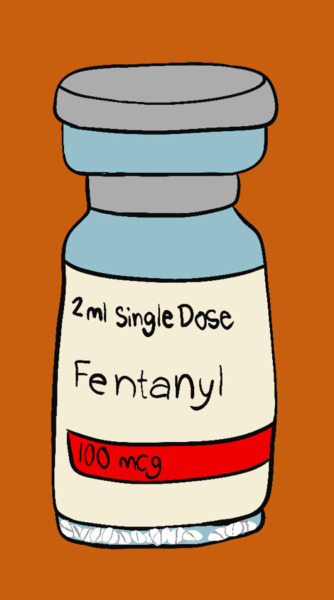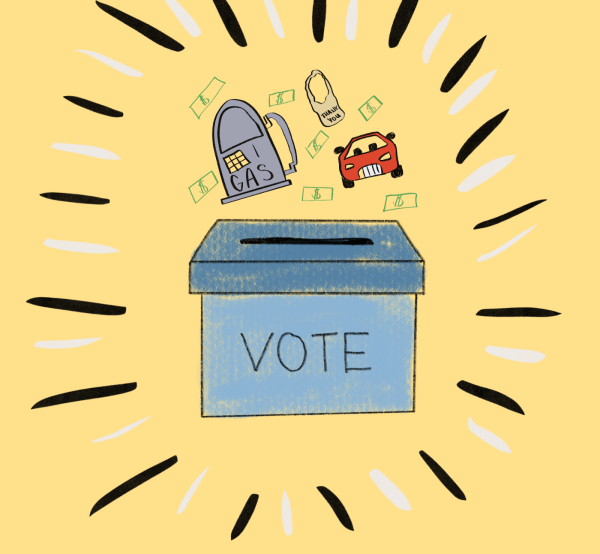Stimulus package signed into law
March 19, 2021
The COVID-19 relief bill proposed by President Joe Biden back in January has been signed into law.
The deal, which aims at providing financial relief to many American families, was agreed upon by Senate Democrats after hours of discussion and debate over several key points such as unemployment benefits and the minimum wage.
The bill will provide $1,400 checks to individuals making under $75,000 a year or married couples who make less than $150,000 a year combined. Checks will be sent on a per-person basis that includes children. These numbers have been altered from the previous $100,000 cap for individuals and $200,000 limit for married couples, therefore rendering many Americans and American families ineligible for this round of stimulus benefits. To counterbalance this, families grossing under $400,000 joint income per year will receive a greater child tax credit. The credit begins to decline after $400,000.
In company with the stimulus checks comes the extension of unemployment benefits through Sept. 6. The benefits were originally set to expire for many in March. The new bill calls for weekly installments of $300 that will not be taxable for up to the first $10,200 received for households under the income ceiling of $150,000 annually.
Taxation was a hotly-contested topic during the session deciding the bill’s fate. It caused proceedings to last for hours, before Senator Joe Manchin, after encouragement from members of both sides of the aisle, accepted the amendment that included the alterations to how taxable the unemployment benefits would be.
Another dispute among politicians was the topic of minimum wage. Many politicians wanted an increase in minimum wage to $15 per hour that would be executed in stages until 2025. This legislation was included in the version of the bill passed in the House, but has been removed from the Senate version of the bill, meaning it will not be included in this wave of COVID-19 relief should it pass.
Along with unemployment benefits, the hope is for the 15 percent food stamp increase to be continued into September as well, instead of expiring in June as previously planned.
The bill also intends to help students return to in-person learning faster with a $130 billion allocated towards the re-opening of K-12 schools. The money was set aside in hopes of allowing schools to open while slowing the spread of the COVID-19 pandemic within the classroom.
Before the final vote, the Senate was divided in a “50-50” split, meaning if any Democrat were to vote no on the bill, it was likely it would not pass. That divide allowed for Senator Joe Manchin to be the deciding vote. Ultimately, the bill had full support from the Democratic side of the aisle within the Senate and passed.
The main opposition to the bill stemmed from the Republican side of the Senate, with concerns about the expense of the bill, which weighs in at around $1.9 trillion.









